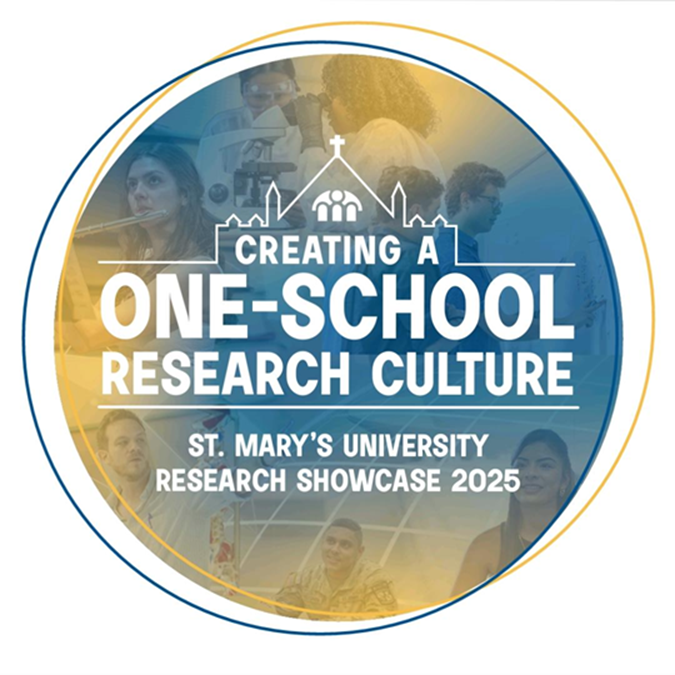The impact of employer-provided drug/alcohol education on marijuana and alcohol use in young adults.
Files
Download Full Text (1.9 MB)
Contributor
Lori Boies
Digital Publisher
Digital Commons at St. Mary's University
Publication Date
Spring 2025
Keywords
American Society of Addiction Medicine;
Description
According to the American Society of Addiction Medicine, addiction is a treatable, chronic medical disease involving complex interactions among brain circuits, genetics, the environment, and an individual’s life experiences (1). People with addiction use substances or engage in behaviors that become compulsive and often continue despite harmful consequences. The most common addictions in the United States are alcohol and marijuana (2). In the U.S., 59.277 million people twelve and older have used illegal drugs or misused prescription drugs. Out of the 138.522 million Americans who overdrink alcohol, 28.32 million have an alcohol use disorder (3).
Since alcohol and drug abuse is a major problem in the U.S., several preventative programs and support groups have been created to educate people on how the overconsumption of drugs and alcohol can negatively affect them. The most common service provided for employees is the Employment Assistance Programs (EAP’s), which offer several ways of assistance such as employee education and therapy (4). This study strives to specifically assess whether these preventative programs prevented individuals from abusing marijuana or alcohol
Format
Size
1 page
City
San Antonio, Texas



